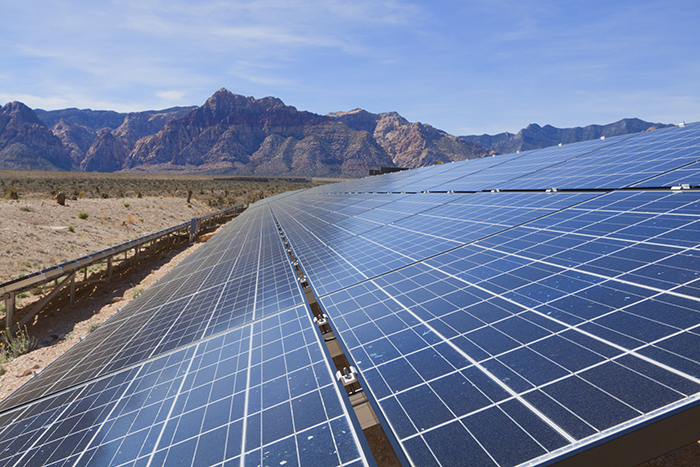November 3, 2023
In a new filing which will guide how the utility will generate electricity for the next 15 years, Tucson Electric Power plans to reduce its carbon emissions 80% by 2035 – the most ambitious path to decarbonization of any Arizona utility – but also construct a new 400 MW gas-powered plant.
To avoid the most catastrophic impacts of climate change, we need to reduce economy-wide emissions of climate changing greenhouse gases at least 50% by 2030 and achieve complete decarbonization by 2050. Economically achieving this science-based economy-wide emissions target requires swifter reductions from the power sector, where mature, low-cost zero-emission technologies are already available. Therefore, to be aligned with science-based climate goals, utilities need to reduce their carbon emissions 80% from 2005 baseline levels by 2030.
TEP plans to add 2,640 MW of new generating capacity overall, with 1,520 MW of new renewable and battery storage systems slated to come online by 2030. The utility’s IRP also calls for the construction of a new, 400 MW methane-powered plant “to replace output that will be lost when Springerville Unit 1 retires in 2027.”
TEP has a goal to reach zero emissions by 2050 but states the details of how it will reach the final stages of this goal are outside of the current IRP.
The impacts of climate change are all around us, from drought and wildfires to the hottest summer on record this year. Continued reliance on fossil fuels not only accelerates the climate crisis, but also results in higher, more volatile electricity costs for customers. We look forward to continuing to work closely with TEP and the Arizona Corporation Commission to identify ways the utility can accelerate its efforts to bring the benefits of clean energy to Arizonans.
Other states and major utilities in the West are seizing the economic and public health benefits of the clean energy transition. For example, Xcel Energy in Colorado has committed to an 85% emissions reduction by 2030. In addition, a new report prepared for the Colorado Energy Office found that Colorado can cut greenhouse gas emissions 98.5% by 2040 without the need for major new policies or costs to consumers.
Stakeholders have until Jan. 31, 2024 to respond to the IRP, and TEP’s response to comments will be filed by May 31, 2024. Arizona Corporation Commission staff will make its assessment of the IRP by Aug. 30, 2024.
Contact
James Quirk, 908-902-3177, james.quirk@westernresources.org



